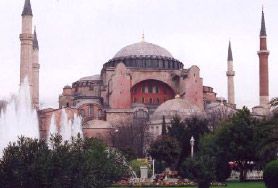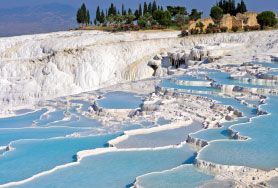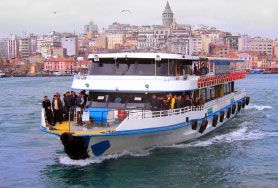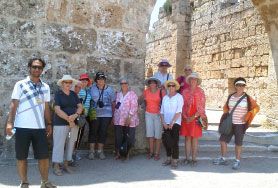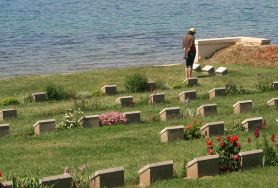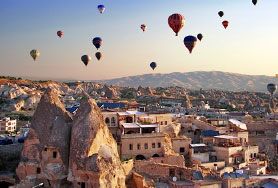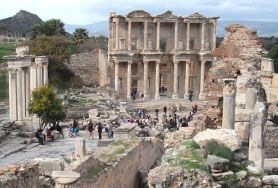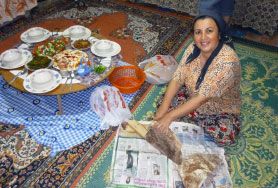Ani – the ancient ruined Armenian city – is located on the border and is an absolute must! The majority of the ruins are from between 8-13th Century AD. Its walls are 8 metres in height and 4500 metres long.
This very beautiful and peaceful site belies the centuries of conflict and controversy that continue into modern day. Because of it’s location in past times, permission was needed to visit the site but now this is not necessary.
Kars museum has archeology and ethnography exhibits worthy of a visit. Kars, Inkaya-Micingirt and Surgurtus-Zicin Castles and the Palaces of Beylerbeyi and Selcuklu Palace close to the Ani Historical Site show the city’s imperial past.
Kars also has many religious buildings, including the Church of the Holy Apostles, Tigran Honents Church, Church of the Virgins. The most outstanding Mosques are Yusuf Pasaö Ebul Hasan Harakani Tomb and Mosque and Fethiye Mosque.
Situated about 40 kilometers out of the city is Kuyucuk Lake. An internationally recognized and protected wetland it is home to 182 bird species. Kars ALSO has a skiing centre – Sarikamis. At 3000 metres and surrounded by pine forests, the best time for skiing is from December to April when Kars is generally under snow.




